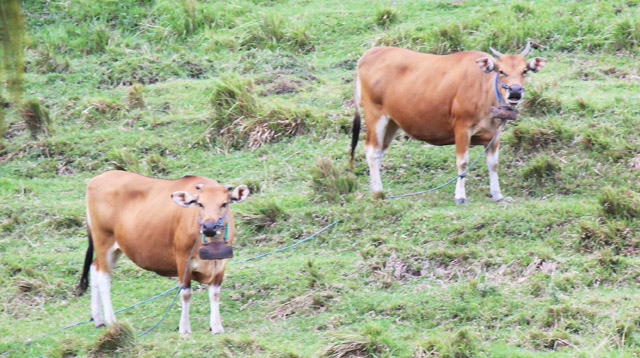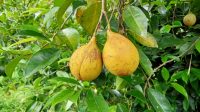BALI cattle (Bos sondaicus) is one of Indonesia’s local cattle which has many advantages. Its origins are from the Island of the Gods or Bali, and have become an important part of the culture and traditions of the local community. In the midst of lush green fields, these cows are an icon of Bali’s natural beauty and elegance that captivates the heart.
Known as the “Champion of Grazing Eaters”, the Bali Cattle not only fascinates with its dashing appearance, but also with the delicious taste of its meat. Raised traditionally with loving care, Balinese beef exudes an authentic flavor that is hard to match.
Are you looking for an amazing culinary experience? Balinese cattle are the answer. With unmatched tenderness and deliciousness, Balinese beef brings unparalleled deliciousness to your dining table. Don’t miss the opportunity to serve special dishes that will pamper your taste buds and those of your beloved guests.
Bali cattle and their function today
Having entered into agricultural mechanization since around 1970s, Balinese farmers rarely or almost no longer use cows to cultivate their land. They all use machines from cutting the grass after harvest to cultivating the land. With this modern method, they can plant rice within 14 days starting from plowing the land.
Since they have been taken over by tractors or agricultural machines, now their cows are focused on fattening or pure animal husbandry. In other words, their livestock is used as savings because they can be sold at any time if needed.
Under the guidance of government field officers, the dung and urine of their cows is also now widely used by livestock groups to make organic fertilizer. Moreover, the waste is also processed to produce bio gas which can be used for cooking.
Hindu rituals
Like other livestock, Balinese cattle also have the opportunity to be given a ritual every 210 days according to the pawukon almanac which falls on Tumpek Uye or Saturday Kliwon Wuku Uye.
On this tumpek day, Hindus prepare offerings for animal ceremonies, namely as a symbol of worshiping the majesty of God, Sang Hyang Siwa Pasupati who is called Rare Angon, the shepherd of all creatures in this universe.
Apart from glorifying the environment, in this case animals (bhuana agung or macrocosm), this sacred ceremony is also to purify oneself from the animalistic qualities that exist in humans (bhuana alit or microcosm).











